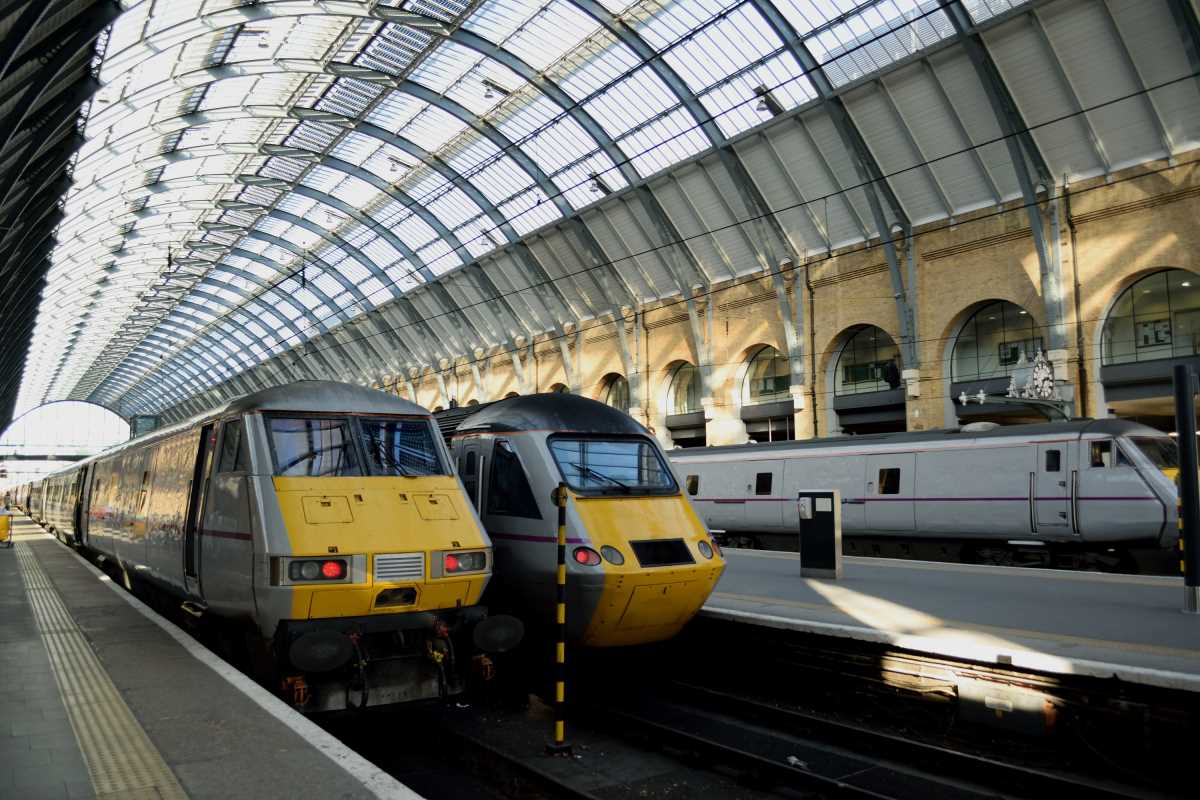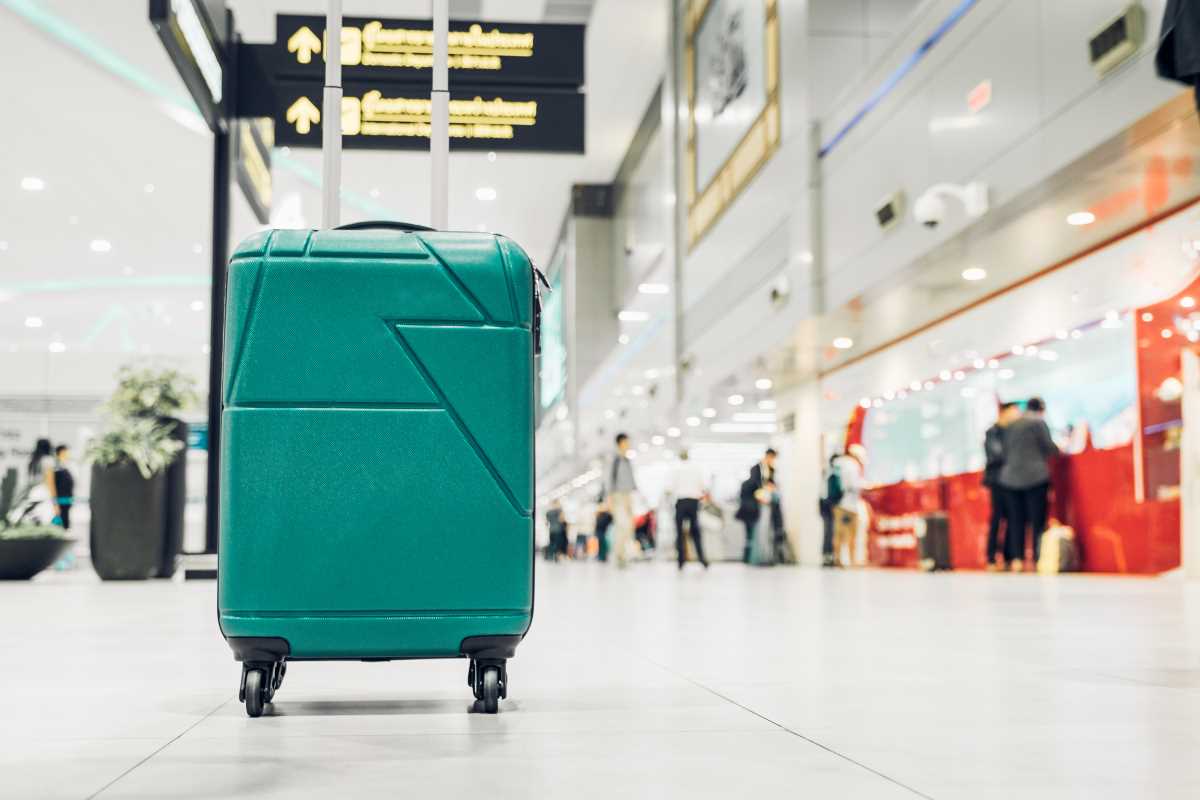Train travel in Europe is not just a means of transportation—it’s an experience. The extensive rail network connects bustling cities, charming villages, and stunning landscapes, offering travelers a scenic and efficient way to explore the continent. Whether you're a first-timer or a seasoned traveler, making the most of Europe’s trains requires some planning and a bit of strategy. Here’s how to maximize your train travel experience in Europe.
Plan Ahead for Smooth Travel
While spontaneity is part of the allure of train travel, a little preparation goes a long way in ensuring a hassle-free journey.
- Research Rail Passes: If you’re traveling to multiple countries, consider purchasing a Eurail Pass or an Interrail Pass (for EU residents). These passes allow unlimited train travel within selected regions and timeframes, offering flexibility and cost savings for longer trips.
- Check Timetables: Use apps like Trainline or Rail Planner to check schedules, book tickets, and plan connections. Some high-speed or international trains require seat reservations, which should be booked in advance.
- Understand Ticketing Systems: Regional trains don't require reservations in countries like Germany or Switzerland, while high-speed services like France’s TGV or Italy’s Frecciarossa often do. Knowing the difference can save you from last-minute surprises.
Pack Smart for Comfortable Journeys
Packing for train travel is slightly different than preparing for flights or car trips. Aim for convenience and mobility.
- Pack Light: European trains often have limited luggage space, so stick to carry-on-sized bags or backpacks. This makes it easier to navigate stations and fit your bags into overhead racks or designated luggage areas.
- Bring Essentials: A reusable water bottle, snacks, a travel pillow, and entertainment like books or downloaded shows can make long journeys more enjoyable.
- Dress Comfortably: Layers are ideal, as trains can range from warm to chilly. Comfortable shoes are also a must for walking through stations or exploring stops along the way.
Embrace the Scenic Routes
One of the biggest advantages of train travel in Europe is the opportunity to enjoy breathtaking landscapes.
- Seek Out Iconic Routes: Some train journeys, like Switzerland’s Glacier Express, Norway’s Bergen Line, or Scotland’s West Highland Line, are renowned for their stunning scenery. These rides often feel like an attraction in themselves.
- Opt for Daytime Travel: While night trains are efficient for covering long distances, daytime travel allows you to appreciate the views of rolling countryside, majestic mountains, and charming villages.
- Sit Strategically: If your route offers notable scenery, try to book a window seat on the best side of the train. Apps and online guides can help you determine which side offers the best views for specific journeys.
Take Advantage of Train Stations
European train stations are more than transit hubs—they’re cultural landmarks and convenient resources for travelers.
- Explore Major Stations: Iconic stations like Paris’s Gare du Nord or London’s St. Pancras are architectural marvels. Many offer amenities such as shopping, dining, and even art exhibitions.
- Arrive Early: While you don’t need to arrive hours in advance like for flights, getting to the station 20-30 minutes early allows you to navigate platforms and ticketing machines without stress.
- Use Lockers: Many stations provide luggage storage, enabling you to explore nearby attractions during layovers or before check-in times at accommodations.
Connect with Local Experiences
Train travel immerses you in local culture, making it a unique way to experience Europe beyond the typical tourist trail.
- Stop in Smaller Towns: Many train routes pass through lesser-known towns and villages. Plan short stops to discover hidden gems, local markets, or historic landmarks.
- Use Regional Trains: In addition to high-speed services, slower regional trains often traverse picturesque routes and cost significantly less. They’re a great way to travel like a local.
- Engage Fellow Travelers: Trains provide a social setting to meet locals or other travelers. Strike up conversations to gain insights about your destination or discover off-the-beaten-path recommendations.
Save Money Without Sacrificing Comfort
Train travel can be affordable, but it’s easy to overspend if you’re not careful.
- Book Early: Many European rail operators offer discounted fares for early bookings. Buying tickets weeks or even months in advance can save you significant money, especially on high-speed trains.
- Travel Off-Peak: Avoid traveling during rush hours or peak tourist seasons. Off-peak tickets are often cheaper and trains are less crowded.
- Use Regional Tickets: Some regions offer day passes that allow unlimited travel within a specific area for a flat rate, such as Bavaria Tickets in Germany or Swiss Travel Passes.
Maximize Flexibility and Spontaneity
Part of the charm of train travel is the freedom to adjust your plans as you go.
- Stay Open to Detours: If you discover an interesting town or event, hop off and explore. Many tickets allow flexibility, especially if you’re traveling with a rail pass.
- Leave Room for Breaks: Don’t overpack your itinerary. Train travel lends itself to a slower, more immersive pace, so allow time for unexpected adventures or relaxing in a scenic location.
- Use Connectivity to Your Advantage: Most European trains offer Wi-Fi, allowing you to research destinations or make last-minute bookings while en route.







